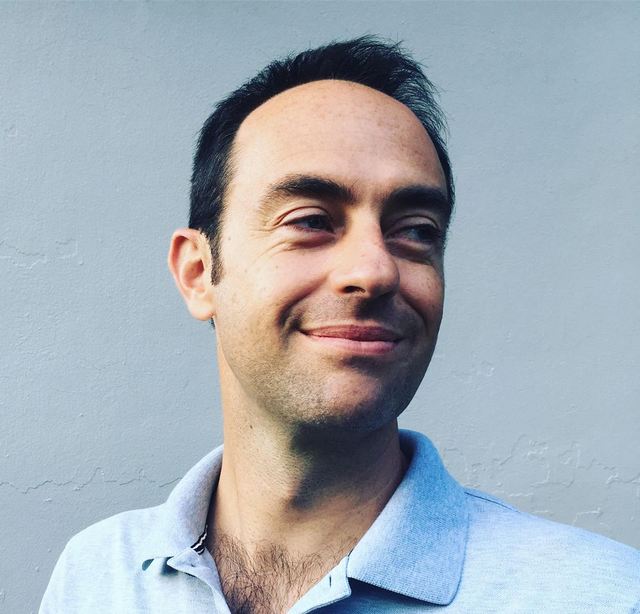 I first heard about mangroves when I visited a shrimp farm in Cartagena, Colombia. The artificial shrimp ponds averaged about two and a half acres each. Our guide described how the mangroves had transformed what was once “a worthless swamp” into a thriving aquaculture business and even provided employment to the villagers from local fishing communities.
I first heard about mangroves when I visited a shrimp farm in Cartagena, Colombia. The artificial shrimp ponds averaged about two and a half acres each. Our guide described how the mangroves had transformed what was once “a worthless swamp” into a thriving aquaculture business and even provided employment to the villagers from local fishing communities.
Years later, the topic came up again, this time with a family friend who proposed that we raze the mangrove forests and develop the land. “Everyone could have a house with an ocean view,” he said. To kickstart this economic boom, we just had to chop down the mangrove trees and drain the swamps.
Of course, reality is often quite different from our preconceived ideas. In the case of the mangroves, what I learned, saw and experienced was diametrically opposed to what I had been told.
While studying at the University of Miami in the Rosenstiel School of Marine and Atmospheric Science, I took a course called Ecology of Mangroves. The instructor, Dr. Samuel Curry Snedaker, was a leading authority in mangrove studies before he died in 2005. The course was a revelation. Until then I had never fully understood the value of the mangrove communities and their impact on mankind.
For starters, mangroves stabilize and protect our shorelines. They create and maintain habitats for a vast number of animals, and they provide the basis of a food web whose final products include endangered and commercially valuable species. Less tangible (but still worthwhile) benefits of the mangroves include their contribution to the “wilderness” of South Florida, their aesthetic appeal, and their use as a renewable resource around the globe.
Three species of mangroves dominate the marine-influenced wetland areas of Florida and the Keys. While not closely related, these trees have adapted to loose, wet soil, a saline habitat, and periodic tidal submergence. The three species of mangrove trees differ in form, color, root structure and leaves, and they possess differing degrees of vivipary (live birth) with propagule (seedling) formation.
Here are some notable characteristics and catchy rhymes to help you spot and identify the three distinct species:
The red mangrove (Rhizophora mangle), the most common species, soars 80 feet above the ground. With thin grey bark and dark red wood, it is easily identified by the “prop roots” arising from its trunk and branches. The red mangrove’s shiny leaves are deep green on top and a paler green beneath. Its pencil-shaped propagules are 10 to 12 inches long after germination.
Red, red, pointy head. You’ll notice that the tip of the red mangrove leaf is pointed, not rounded.
The black mangrove (Avicennia germinans) may reach a height of 64 feet and is characterized by dark, scaly bark. Its unique roots, called pneumatophores, are comprised of long, horizontal “cable” roots with short, vertical aerating branches that stick out of the ground and absorb oxygen. The black mangrove’s shiny green leaves are 2 to 4 inches in length, elliptical or oblong in shape, and covered with short, dense hairs on the underside. Its lima bean-shaped propagules are dark green while on the tree and measure about an inch long.
“Black, black, salty back.” No, I’m not suggesting that you go around licking trees to identify species. Instead, inspect the underside of the black mangrove leaf for salt crystals.
The white mangrove (Laguncularia racemosa) is a tree or shrub standing 49 feet high. Unlike other mangrove species, it doesn’t have prop roots or pneumatophores; instead, the lenticels (pores) in its lower trunk help to obtain oxygen. Their broad, flat leaves are about 3 inches long, oval-shaped, and rounded at both ends. The propagules are very small (half an inch long on average) and broadest at their apex.
“White, white, bolts on tight.” Like Frankenstein’s monster, who has two bolts on his neck, the white mangrove leaf has two small bumps on its neck (or stem) called “nectaries.” Nectaries are glands used to remove salt.
Red, black or white, the best management practice for our precious mangrove ecosystems is preservation. Mangrove forests provide a much-needed habitat for the birds, fish, mollusks and crustaceans that call South Florida home. Our mangroves support extensive coastal food webs and provide vital shoreline stability and storm protection.
They do all of this at no cost to us, and we cannot afford to lose them.
Author’s Bio
Leopoldo Llinas is a forward-thinking father who hopes to educate the young men and woman who will make this world a better place. He holds a PhD in Marine Biology and Fisheries from the University of Miami Rosenstiel School of Marine and Atmospheric Science. leollinas@gmail.com






